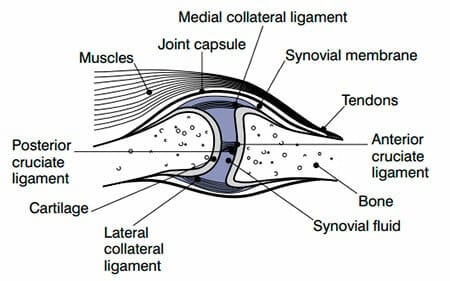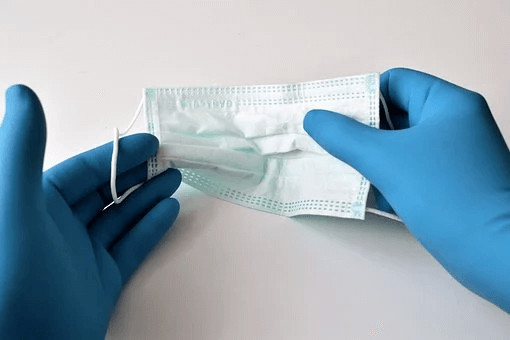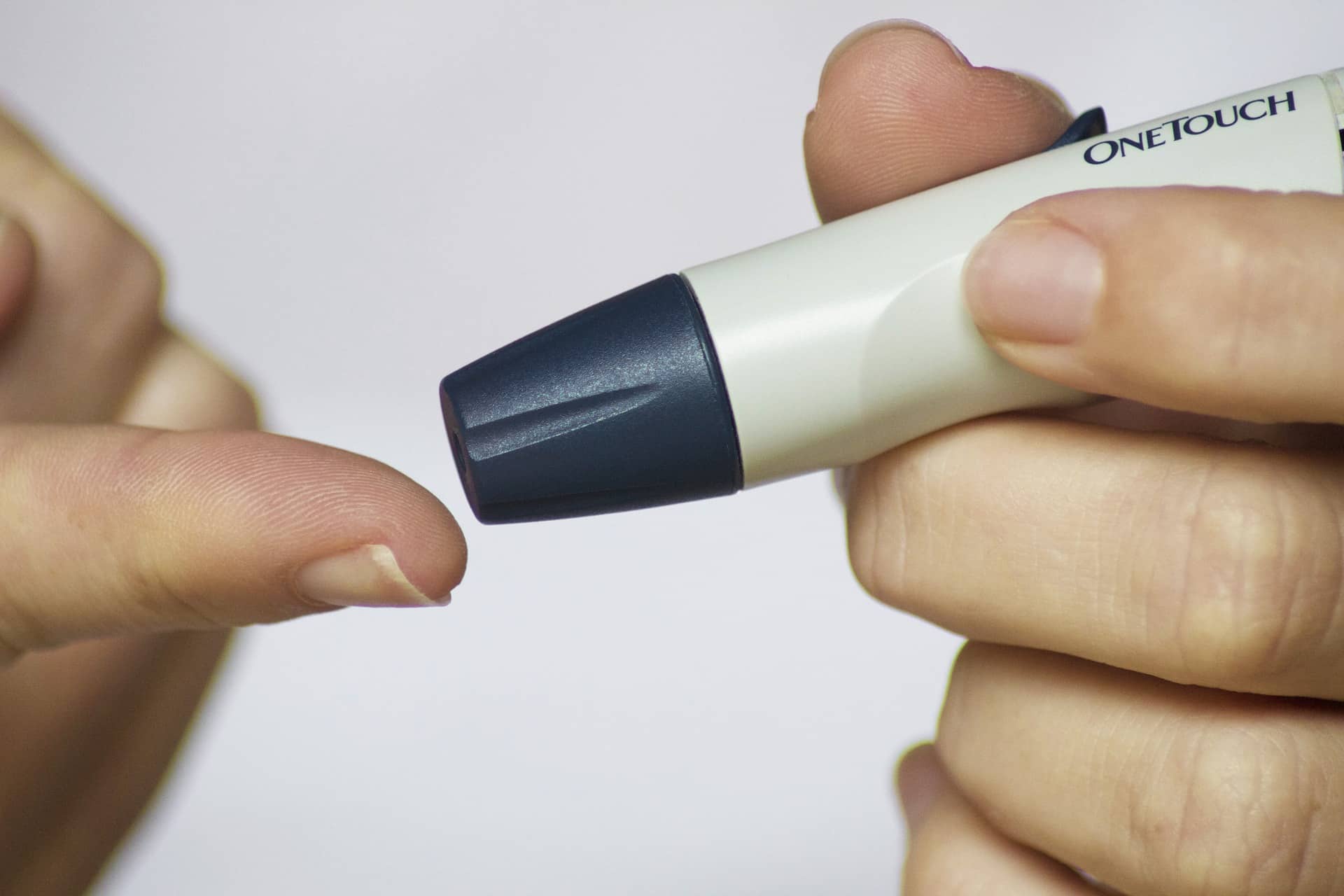Understanding & Treating Osteoarthritis
Osteoarthritis is the most common type of arthritis, a disease which causes inflammation of the joints. It can literally affect any type of joint present in your body but it most commonly occurs in the joints in your knees, hands, spine and hips. According to the Arthritis Foundation, osteoarthritis currently affects approximately 31 million Americans and will strike more than 78 million by the year 2040. In Canada, the Canadian Centre for Occupational Healthy & Safety estimates that the disease affects approximately one in every ten adults. In this post, we will discuss the pathology of this disease when it occurs in the knee, and then provide an overview of knee osteoarthritis treatment options as the disease progresses.
Osteoarthritis Causes & Symptoms
Osteoarthritis usually occurs when the cartilage protecting the bone surfaces wears down over time. Once this damages starts, it can’t be reversed. Joint pain, stiffness, tenderness and loss in joint flexibility are some of the symptoms of osteoarthritis. Older age, obesity (being overweight puts a lot of extra pressure on your knees) and previous joint injuries are some of the potential factors that can increase the chances of developing osteoarthritis. Some people even genetically inherit a predisposition to the disease.
Excessive stress on your joints can also cause osteoarthritis, and this is a common contributory factor among athletes.


Osteoarthritis Treatment: Initial Stages
During the initial stages of the disease, osteoarthritis treatment will take the form of exercise, workouts, and weight loss to control the pain and to improve joint function. Doctors may recommend aerobic exercises, range-of-motion activities and balance and agility exercises to mitigate the pain and discomfort. They may also suggest muscle strengthening workouts to reinforce the muscles supporting the affected joint. You can also achieve effective pain reduction using heat therapy.
In the second stage of osteoarthritis, the stiffness between the bones increases and the pain grows. During this stage, physicians may prescribe pain relievers. Podiatrists may prescribe shoe inserts to help keep the pressure off the knee. Some doctors may even suggest a knee brace at this stage to further relieve pressure on the joint’s surfaces. Unloading knee braces are specifically designed to address the causes of the pain. We have discussed the usefulness of knee braces in mitigating the pain of arthritis in an earlier post. We also discuss here some of the more general benefits of using an orthopedic brace when suffering from arthritis.
Osteoarthritis Treatment: Advanced Stages
During the third stage, the gap between the bones narrows, the knee loses more cartilage, the bones thicken and grow outwards to form lumps and the joint tissues become inflamed. Each of these developments causes severe pain, even when performing everyday activities. During this stage, you may need to use stronger pain relievers such as acetaminophen and codeine. Your doctor may also recommend injections of corticosteroids.
The disease then moves into the fourth and last stage. The cartilage either completely wears out or possibly only a trace is left behind, causing more and more friction and resulting in greater pain even during slight movements. More bone lumps develop and in severe cases patients may experience bone deformities. At this stage the only option for effective osteoarthritis treatment is surgery. This is typically carried out to replace or realign the joint. The surgeon will remove the damaged joint surfaces and replace them with metal and plastic implants. This is major surgery, so patients should take every step to defer this stage of osteoarthritis treatment for as long as possible.
Osteoarthritis Treatment: Questions & Answers
To conclude this post, we have set out answers to some of the important questions faced by victims of osteoarthritis:
How do I know whether I may be suffering from knee osteoarthritis?
As always, the conclusive diagnosis should be made by your physician or other health care professional advisor. However, the early symptoms include pain and stiffness in the knee, particularly following bouts of intense physical activity. The stiffness may be more pronounced in the morning hours and may disappear shortly after you begin your daily routine. However, it may reappear after any inactive periods during the day (e.g. a nap). If you experience these signs, it’s time to see your doctor for a physical examination and diagnosis of the causes. Should your doctor make a positive diagnosis, you should begin a program of knee osteoarthritis treatment immediately.
If my doctor diagnoses osteoarthritis, what are the next steps?
As mentioned above, once the damage of osteoarthritis starts it cannot be reversed or completely halted. Therefore, the key goal of your osteoarthritis treatment must be to slow the progress of the disease. Although pain killers will reduce the discomfort, it is important to recognize that they will not have an impact on the progress of the condition. Ask your doctor for an exercise program that will achieve this and be sure to follow it closely. You should also consider a weight loss program, as this will also help to reduce pressure on the knee. Shoe inserts and an unloading knee brace will also play a useful role in shifting pressure from the unhealthy portion of the joint to the healthy areas.
How long will it be before I have to consider knee replacement surgery?
There is no single answer to this question. The speed of osteoarthritis progression varies from individual to individual and can sometimes change over time for a specific individual. For example, it may progress very slowly for several years but then start to advance at a much more rapid rate. The time remaining before knee replacement surgery becomes a consideration also depends of course on the stage of the disease when first diagnosed. However, there is no question that adherence to the steps recommended above (exercise, weight loss, shoe inserts and a knee brace) can considerably increase the time before the arrival of the fourth stage of the disease when knee replacement will become a necessity.







